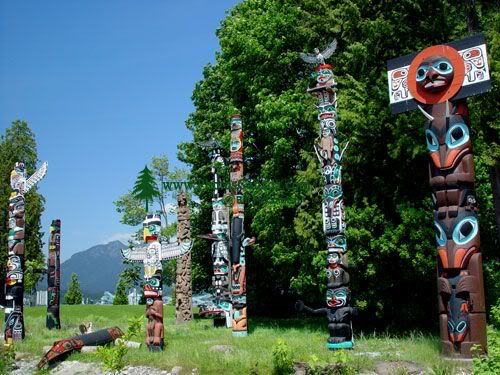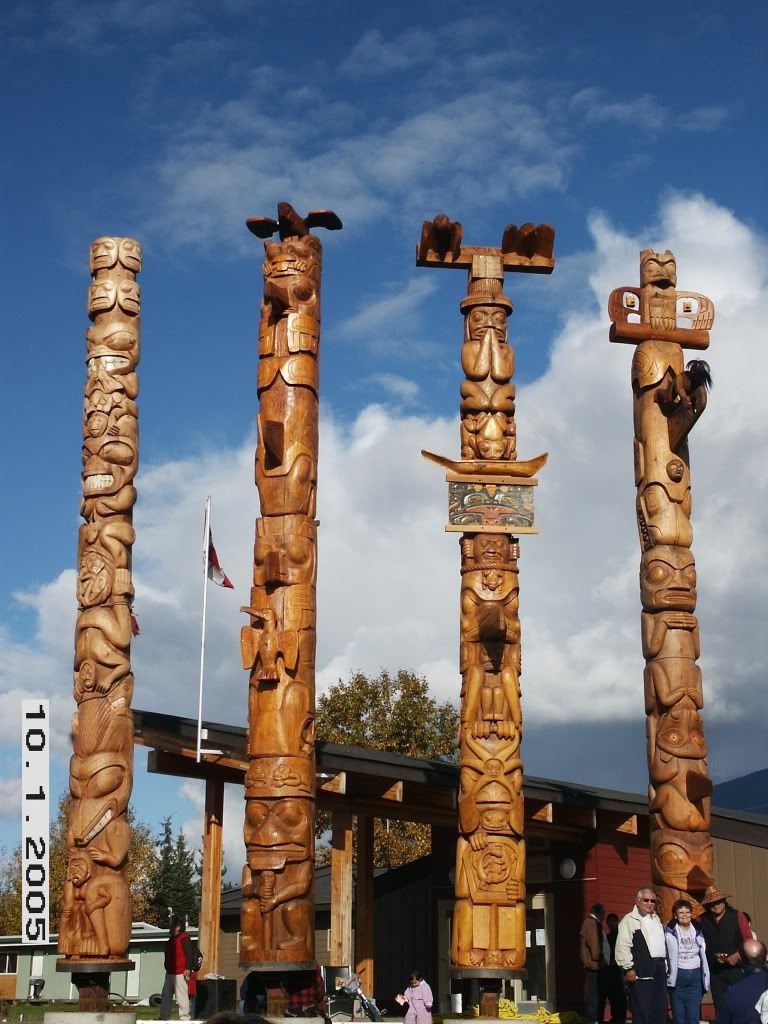| Topic: DRAGONS UNICORNS MERMAIDS PEGASUS OTHER MYTHIC ANIMALS | |
|---|---|
|
It said American Native Beliefs
|
|
|
|
|
    
|
|
|
|
|
|
I will have to do some looking around to find out what native Americans believed in.
|
|
|
|
|
|
I am going to do the same, I am curious, also some of these pictures are also Wiccan related, a religon, I am going to look that up also.
|
|
|
|
|
|
Power was down, back up now.
|
|
|
|
|
 You sure lose power alot, its the dragons that are doing it, going to do some research on this cool stuff You sure lose power alot, its the dragons that are doing it, going to do some research on this cool stuff   
|
|
|
|
|
 You sure lose power alot, its the dragons that are doing it, going to do some research on this cool stuff You sure lose power alot, its the dragons that are doing it, going to do some research on this cool stuff   
Lots of thunder and lighting, the skies were lit up last night indeed.                  
|
|
|
|
|
|
Edited by
tazzops
on
Sat 07/23/11 12:38 PM
|
|
|
TOTEM POLE SYMBOL MEANINGS
iRaven - The mercurial trickster of Northwest Coast Native lore. Curious and mischievious, often misbehaving but never boring. Sea Turtle - This totem is representative of Mother Earth. Thunderbird - A mythological bird known to manifest the rolling of thunder while beating its wings and creating lightening when blinking it's eyes. Known to kill whales. Eagle - Intelligent and resourceful. He rules the sky and is able to transform himself into a human. Wolf - Very powerful totem who can help people that are sick or in need. Bear - A teacher symbol as it is believed that Bear taught the People to catch salmon and pick berries. Frog - Known for bringing wealth and is associated with Copper Woman. In another myth, frog was held down in fire, when it burst lava flowed and engulfed an entire village. Otter - The otter is a mischievous creature that is also a symbol of laughter, curiosity, grace, and empathy. Salmon - The salmon symbolizes instinct, persistence, and determination. Owl - The owl is a very respected animal and is thought to symbolize the souls of the departed. Killer Whale - Whales are honored as strong and brave fish. The mythology of the killer whale is that is will bring food and assistance to a chief or other important person lying helpless and/or wounded. 


|
|
|
|
|
|
Meaning and purpose of totem poles The meanings of the designs on totem poles are as varied as the cultures which produce them, though they are all pictography or writing with pictures. Totem poles may recount familiar legends, clan lineages, or notable events. Some poles are erected to celebrate cultural beliefs, but others are intended mostly as artistic presentations. Certain types of totem pole are part of mortuary structures incorporating grave boxes with carved supporting poles, or recessed backs in which grave boxes were placed. Poles are also carved to illustrate stories, to commemorate historic persons, to represent shamanic powers, and to provide objects of public ridicule. "Some of the figures on the poles constitute symbolic reminders of quarrels, murders, debts, and other unpleasant occurrences about which the Indians prefer to remain silent... The most widely known tales, like those of the exploits of Raven and of Kats who married the bear woman, are familiar to almost every native of the area. Carvings which symbolize these tales are sufficiently conventionalized to be readily recognizable even by persons whose lineage did not recount them as their own legendary history." Totem poles were never objects of worship; the association with "idol worship" was an idea from local Christian missionaries. The same assumption was made by certain early European explorers, but later explorers such as Jean-François de La Pérouse noted that: totem poles were never treated reverently; they seemed only occasionally to generate allusions or illustrate stories; and were usually left to rot in place when people abandoned a village. The poles used for public ridicule are usually called "shame poles", and were erected to shame individuals or groups for unpaid debts. One instance of this is the Lincoln Pole in Saxman, Alaska; it was apparently created to shame the U.S. government into repaying the Tlingit people for the value of slaves which were freed after the Emancipation Proclamation. Other explanations for it have arisen as the original reason was forgotten or suppressed, however this meaning is still recounted by a number of Tlingit elders. Another example of the shame pole is the Three Frogs Pole in Wrangell, Alaska. This pole was erected by Chief Shakes to shame the Kiks.ádi clan into repaying a debt incurred by three of their slaves who impregnated some young women in Shakes's clan. When the Kiks.ádi leaders refused to pay support for the illegitimate children Shakes had the pole commissioned to represent the three slaves as frogs, the frog being the primary crest of the Kiks.ádi clan. This debt was never repaid, and thus the pole still stands next to the Chief Shakes Tribal House in Wrangell. This particular pole's unique crossbar shape has become popularly associated with the town of Wrangell. It was thus used, without recognizing the meaning of the pole, as part of the title design of the Wrangell Sentinel newspaper, where it is still seen today. The construction of shame poles has essentially ceased within the last century. This is attributable to a decline in interclan rivalries and clan relationships in general, and to a desire for solidarity among most native tribes. However, as feelings of independence and nationalism increase among Northwest coast people, erecting shame poles against the American and Canadian governments has been occasionally proposed, though in a joking manner. If outrage against some political decision is strong enough among the people of a particular Northwest coast tribe the erection of a new shame pole may again become a possibility, although the cost of construction will likely be a major inhibition. |
|
|
|
|
   Totem poles are scary, I don't fear them, but they are scary looking. Totem poles are scary, I don't fear them, but they are scary looking.
|
|
|
|
|
|
I carved one many years ago. Grand stories are depicted on some of them.

|
|
|
|
|
    
|
|
|
|
|
|
When I was In Alaska, I enjoyed finding and looking at the totem poles. I did not find them scary, I remember one guide said they are like cave paintings.
|
|
|
|
|
|
Now caves are cool, literally, you can do anything in a cave

Back on topic, cave paintings are like messages. |
|
|
|
|
|
Totems are just like cave paintings I just read. Yes you can indeed get lost in a cave.
|
|
|
|
|
|
THE THUNDER BIRD TOTEM POLE On the Knight Inlet of British Columbia there dwells a portion of the Kwakiutl Indian Tribe. Among them the Thunder Bird is known as Ts-o-na. This legend tells of the origin of their Totem Pole. Tsona resided in Skyland, above the snowy peaks that border the inlet. One day he decided to live with the mortals of the earth, and be like them. Donning his Thunder Bird garments, he flew out of the door of the Upper World. When looking down from a mountain, he spied a berrying place by a river. There he would build a large community house for himself and his tribe. When the new lodge was finished he realized that it would have to be well guarded, for in those days the fish, birds and animals by the aid of their strong minds could change themselves into human beings. Since some of them had many evil ways he had, for his protection, the Grizzly Bears for guards. One day as the bears were in search of food, they came upon a hungry stranger dressed in seal skins, who later became a slave to Thunder Bird. Shortly after Dos-nog-wa, the powerful Stoneman, came to visit Tsona in his war canoe of a hundred men, for they were travelling around the world. Tsona offered them his friendship and the hospitality of his house and food. Before each guest was set a carved bowlful of oolichan grease in which to dip their fish and other eatables. These dishes were beautifully carved with the owner's crest, and one peculiar thing about them was that no matter how much of the grease was used, they were always full. Stoneman and his men were completely mystified by the unusual significance of this and the things that adorned the inside of Thunder Bird's household. When they got up to leave, they took what they had been using. As Tsona protested, they took him prisoner, and led him to their canoe. When they put out to sea, the clouds gathered, the wind blew, the water swirled and danced, and a storm was upon them. Thunder Bird's eyes blazed with fire more dazzling than the sun. Torrents of rain soon flooded the war canoe with water that washed it from end to end. The Indians had never experienced a storm like this before, and they became alarmed, expecting at any moment to be capsized into the sea. Dosnogwa offered to return Thunder Bird his freedom and his property, if he would calm the angry waves. He realized that he was in the hands of a supernatural power stronger than the self within him: one he could not defy or define. As they returned Thunder Bird to his home, the storm ceased. The day's splendour burst its glory once more upon the green things of the earth and the surrounding mountains. Never did the Indians forget their visions of the marvellous powers they had witnessed that day. Across the shining waters of the inlet, by the mouth of a salmon river, there lived the great chief, Sisa-Kaulas, 'Everybody-Paddling-Toward-Him.' Among his family of many children there was a plump and pretty girl who Tsona had admired many times. He was filled with love for her, and finally he asked one day for her hand in marriage. The Chief, to test his courage and sincerity, compelled him to walk around a hot fire, and also demanded that he give presents to him. A feast was held, and during it the Chief gave Tsona more valuable gifts than he had received, and bestowed upon him a crest and other honors. These, as always, would be delivered after the first child was born. Should the first-born child be a son, the value of the gifts would be increased many times. This would give the wife the privilege of being independent, and of returning to her former home if she desired, or if the Chief requested. She was also required to send her children to live with their grandparents that they might learn their customs. Her eldest son would finally inherit the chiefship of her brother. Tsona's eldest son dwelt in the home of his grandparents until he had attained manhood. He then began to build his own lodge and erect a totem pole as a crest, one that could be handed down to future generations in remembrance that it was Tsona who was the first man in the tribe to symbolize the Thunder Bird and bring peace and good will among all people. Accordingly he placed the Thunder Bird on the top, while beneath it was the Grizzly Bear holding the captive slave. When the lodge was completed, a big feast was held. Presents were given to all the invited guests, who extended to him more favors of importance. Two totem poles, symbolic of this ceremony are now erected in Stanley Park, close to the Lumberman's Arch. They may be seen from passing ships that ply the ocean's lanes. Strangers from many lands stand before this shrine of a fading glory gazing at these wooden carvings, these customs of a changing race. |
|
|
|
|
|
The totem poles of Northwest Coast tribes were actually family crests rather than religious icons, denoting the owner's legendary descent from an animal such as the bear, raven, wolf, salmon, or killer whale. Coming into a village, a stranger would first look for a house with a totem pole of his own clan animal. Its owner was sure to receive him as a friend and offer him food and shelter. "Totem poles also preserved ancient customs by making sure that in every region within visiting distance of others the old stories were repeated, and the old beliefs about the spirits, the origin of fire and other myths, were basically the same despite linguistic differences between main tribal groups."1 *Wakiash was a chief named after the river Wakiash because he was openhanded and flowing with gifts, even as the river flowed with fish. It happened once that the whole tribe was having a dance. Wakiash had never created a dance of his own, and he was unhappy because all the other chiefs had fine dances. So he thought: "I will go up into the mountains to fast, and perhaps a dance will come to me." Wakiash made himself ready and went to the mountains, where he stayed, fasting and bathing, for four days. Early in the morning of the fourth day, he grew so weary that he lay upon his back and fell asleep. Then he felt something on his breast and woke up to see a little green frog. "Lie still," the frog said, "because you are on the back of a raven who is going to fly you and me around the world. Then you can see what you want and take it." The raven began to beat its wings, and they flew for four days, during which Wakiash saw many things. When they were on their way back, he spotted a house with a beautiful totem pole in the front and heard the sound of singing inside the house. Thinking that these were fine things, he wished he could take them home. The frog, who knew his thoughts, told the raven to stop. As the bird coasted to the ground, the frog advised the chief to hide behind the door of the house. "Stay there until they begin to dance," the frog said. "Then leap out into the room. "The people tried to begin a dance but could do nothing--neither dance nor sing. One of them said, "Something's the matter; there must be something near us that makes us feel like this." And the chief said, "Let one of us who can run faster than the flames of the fire rush around the house and find what it is. "So the little mouse said that she would go, for she could creep anywhere, even into a box, and if anyone were hiding she would find him. The mouse had taken off her mouse-skin clothes and was presently appearing in the form of a woman. Indeed, all the people in the house were animals who looked like humans because they had taken off their animal-skin clothes to dance. When the mouse ran out, Wakiash caught her and said, "Ha, my friend, I have a gift for you." And he gave her a piece of mountain-goat's fat. The mouse was so pleased with Wakiash that she began talking to him. "What do you want?" she asked eventually. Wakiash said that he wanted the totem pole, the house, and the dances and songs that belonged to them. The mouse said, "Stay here; wait till I come again. " Wakiash stayed, and the mouse went in and told the dancers, "I've been everywhere to see if there's a man around, but I couldn't find anybody." And the chief who looked like a man, but was really a beaver, said, "Let's try again to dance." They tried three times but couldn't do anything, and each time they sent the mouse to search. But each time the mouse only chatted with Wakiash and returned to report that no one was there. The third time she was sent out, she said to him, "Get ready, and when they begin to dance,leap into the room. "Then the mouse told the animals again that no one was there, and they began to dance. Wakiash sprang in, and at once they all dropped their heads in shame, because a man had seen them looking like men, whereas they were really animals. The dancers stood silent until at last the mouse said: "Let's not waste time; let's ask our friend what he wants. " So they all lifted up their heads, and the chief asked the man what he wanted. Wakiash thought he would like to have the dance, because he had never had one of his own. Also, he thought, he would like to have the house and the totem pole that he had seen outside. Though the man did not speak, the mouse divined his thoughts and told the dancers. And the chief said, "Let our friend sit down. We'll show him how we dance, and he can pick out whatever dance he wants. " So they began to dance, and when they had ended, the chief asked Wakiash what kind of dance he would like. The dancers had been using all sorts of masks. Most of all Wakiash wanted the Echo mask and the mask of the Little Man who goes about the house talking, and talking, and trying to quarrel with others. Waskiash only formed his wishes in his mind; the mouse told them to the chief. So the animals taught Wakiash all their dances, and the chief told him that he might take as many dances and masks as he wished, as well as the house and the totem pole. The beaver-chief promised Waskiash that things would all go with him when he returned home, and that he could use them all in one dance. The chief also gave him for his own the name of the totem pole, Kalakuyuwish, meaning sky pole, because the pole was so tall. The chief took the house and folded it up like a little bundle. He put it into the headdress of one of the dancers and gave it to Wakiash, saying, "When you reach home, throw down this bundle. The house will become as it was when you first saw it, and they you can begin to give a dance." Wakiash went back to the raven, and the raven flew away with him toward the mountain from which they had set out. Before they arrived, Wakiash fell asleep, and when he awoke, the raven and the frog were gone and he was alone. It was night by the time Wakiash arrived home. He threw down the bundle that was in the headdress, and there was the house with its totem pole! The whale painted on the house was blowing, the animals carved on the totem pole were making their noises, and all the masks inside the house were crying aloud. At once Wakiash's people woke up and came out to see what was happening, and Wakiash found that instead of four days, he had been away for four years. They all went into the new house, and Wakiash began to make a dance. Then the Echo came, and whoever made a noise, the Echo made the same by changing the mouthpieces of its mask. When they had finished dancing, the house was gone; it went back to the animals. And all the chiefs were ashamed because Wakiash now had the best dance. Wakiash made a house and masks and a totem pole out of wood, and when the totem pole was finished, the people composed a song for it. This pole was the first the tribe had ever had. The animals had named it Kalakuyuwish, "the pole that holds up the sky," and they said it made a creaking noise because the sky was so heavy. And Wakiash took for his own the name of the totem pole, Kalakuyuwish. |
|
|
|
|
|
I need to ponder these stories, alot of information, I do know the Northwest is alot of native history, then names of the counties and cities even the rivers.
|
|
|
|
|
|
I have done half the day reading websites, about other native American tribes. Their history and their beliefs. I'm still reading.
|
|
|
|
|
|
I have been doing that also, since last night, so many tribes, very interesting, will do more later, going to go outside and enjoy the sunshine, I know I am actually going off the computer for a bit.

|
|
|
|
|







